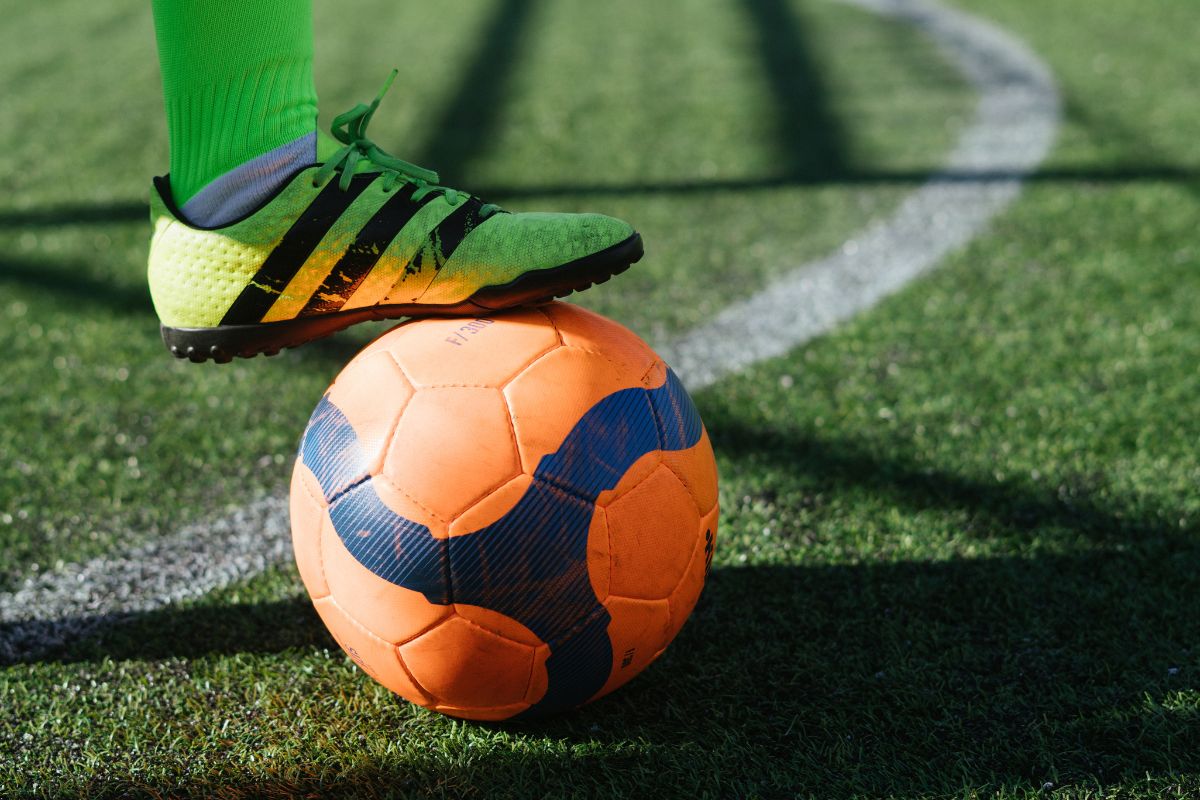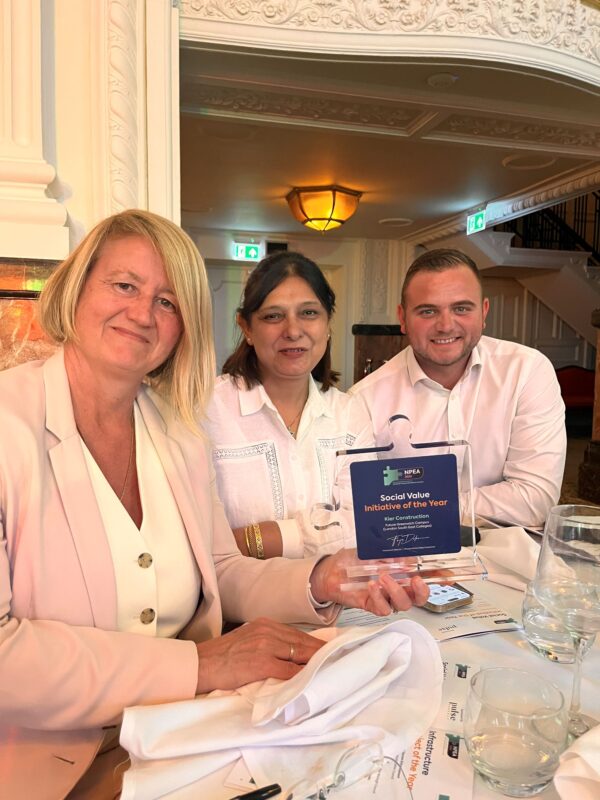EPI study finds participation in sports and hobbies at secondary school associated with broadly better outcomes

A new report by the Education Policy Institute (EPI) examines which students are accessing extra-curricular activities during secondary school and the longer-term outcomes of students who do participate.
This study finds that:
- Vulnerable students were less likely to attend both sports clubs and clubs for hobbies, arts and music when compared to their peers. This includes students eligible for free school meals, those with lower prior attainment, and those with poorer health and special educational needs or disabilities.
- Participation in extra-curricular activities varies by school type. Students from independent schools were much more likely to attend sports clubs and clubs for hobbies, arts and music than those attending all other types of schools. Additionally, students in local authority-maintained schools were less likely to attend clubs for hobbies, arts and music than students in academies.
- Attending extra-curricular clubs during secondary school is associated with a range of positive outcomes when young people are in their early twenties. Students who attend clubs have a higher probability of progressing to higher education and being in employment, as well as higher levels of participation in sports. The research also finds an association between attending some kinds of clubs and self-reported poorer health as a young adult.
- Specifically, EPI analysis finds that compared with students who attended no clubs, by age 21/22:
- The odds of being in employment or education are 42 per cent higher for those who attended sports clubs.
- The odds of progressing to higher education are 56 per cent higher for those attending clubs for hobbies, arts and music.
- The odds of participating in sporting activities (during their early twenties) are 24 per cent higher for those who attended both sports clubs and clubs for hobbies, arts and music.
- The odds of self-reporting poorer health are 33 per cent higher for those who attended hobbies, arts and music clubs (but didn’t also attend sports clubs).
- Although the associations between club participation and outcomes persist after controlling for a wide range of student characteristics, we cannot be sure that participation itself caused the difference in outcomes. Other unmeasured characteristics could be contributing to the association.
EPI analysis adds to the existing evidence base that shows a range of benefits to extra-curricular activities but exposes inequalities in access to these activities between different student groups.
Policy Recommendations:
- The government should introduce a set of benchmarks for extracurricular activities to support good quality provision that is accessible and appealing to a broad spectrum of students. These could be similar to the Gatsby benchmarks that are used to support good quality career information, advice and guidance.
- The government should consider supporting schools to offer an extended school day, including through additional funding weighted towards schools with more disadvantaged intakes. More work should be undertaken to explore the potential benefits of this.
- Further research on the longer-term benefits of participation should seek to focus on the differences between the types of clubs attended and the causal impact of participation on outcomes.
David Robinson, Director for Post-16 and Skills at the Education Policy Institute (EPI) said:
“Our research clearly shows that not all students have equal access to extra-curricular activities and the range of long-term benefits that may result from participation. With good reasons to think that these gaps in participation may have worsened for more recent cohorts, with the cost of living rising for families and school absence rates increasing in the wake of the pandemic, policymakers must act to ensure that the most vulnerable students are not missing out.
“Interventions should focus on making existing provisions more accessible, as well as increasing the variety of activities available. The government should introduce a set of benchmarks to help guide schools towards high-quality extra-curricular provision. Our research also strengthens arguments for the government to explore an extension of the school day and further research should be conducted into the potential benefits of this.
“If policymakers are serious about addressing the many inequalities of opportunities for young people, these activities should be considered as an integral part of childhood for all.”
Background and detailed findings
Using longitudinal data, the report considers which student characteristics are most strongly associated with the take-up of sporting clubs or clubs for hobbies, arts or music when young people were aged 13-15, in 2013 and 2014. The study then examines whether take-up of these activities is associated with a range of positive outcomes eight years later in 2021 when the young people were 21-22.
Vulnerable groups were less likely to attend sports clubs
- The gap in participation rates for sports clubs was 11% for those eligible for free school meals, 17% for those with lower prior attainment, 21% for those with poorer health, 5% for those who were bullied and 23% for those with special education needs or disabilities.
- In addition, female students were also 12 per cent less likely to attend sports clubs than male students.
Many of those less likely to attend sports clubs were also less likely to attend clubs for hobbies, arts or music
- The gap in participation rates for hobbies, arts and music clubs was 9% for those who were eligible for free school meals, 20% for those with lower prior attainment, 18% for those with poorer health and 17% for those with special educational needs or disabilities.
- Unlike sports clubs, female students and students who were bullied were more likely to attend other types of clubs, by five per cent and four per cent respectively.
There is a positive association between attending sports clubs at secondary school and being in employment at the age 21/22
- There is a positive association between attending sports clubs in secondary school and being in employment or education aged 21/22. This association persists after including a wide range of controls and is equivalent to an increase in the odds of being in employment or education of 42 per cent. This corresponds to 59 of every 100 students who attended sports clubs being in employment or education, compared with 50 of every 100 students who attended no clubs.
Students who attended both sports clubs and clubs for hobbies, arts and music were more likely to participate in sporting activities in their early twenties
- There is a positive association between attending both sports clubs and clubs for hobbies, arts and music in secondary school and participation in sporting activities at age 21/22. This association persists after including a wide range of controls and is equivalent to an increase in the odds of participating in sports of 24 per cent. This corresponds to 55 of every 100 students who attended these clubs progressing to a positive outcome, compared with 50 of every 100 students who attended no clubs.
Students who attended clubs for hobbies, arts and music were more likely to progress to higher education but tended to have poorer self-reported health
- There is a positive association between attending clubs for hobbies, arts and music in secondary school and progressing to higher education by age 21/22. This association persists after including a wide range of controls and is equivalent to an increase in the odds of attending higher education of 56 per cent. This corresponds to 61 of every 100 students who attended these clubs attending higher education, compared with 50 of every 100 students who didn’t.
- There is a negative association between attending clubs for hobbies, arts and music in secondary school and self-reported health at age 21/22. This association persists after including a wide range of controls and is equivalent to an increase in the odds of reporting poor health of 33 per cent. This corresponds to 57 of every 100 students who attended these clubs subsequently reporting poor health, compared with 50 of every 100 students who attended no clubs.
- This association (and the positive associations previously listed) could be due to selection effects. Other unmeasured characteristics or health-related factors may be more common in those who attend these clubs and are associated with reporting poorer long-term health outcomes.
There is significant variation in participation based on school type
- Students from independent schools were much more likely to attend sports clubs (91 per cent of students), and clubs for hobbies, arts and music (86%) than students attending any other type of school.
- After controlling for other factors, students in local authority-maintained schools (52%) were less likely to attend clubs for hobbies, arts and music than students in academies. However, it should be noted that many more local authority-maintained schools have become academies since these cohorts passed through secondary school.
There is some variation in levels of participation between regions
- When comparing similar students, most of the differences in participation between regions are no longer statistically significant.
- However, students from Yorkshire and the Humber (46%) remain less likely to attend clubs for hobbies, arts and music than students from London (66%).
Sector Response
Catherine McKinnell MP, Labour’s Shadow Schools Minister, said:
“Labour will broaden our school curriculum and incentivise schools to deliver these enriching sports, music and arts subjects for every child by reforming accountability measures.
“Fourteen years of Conservative governments have seen young peoples’ opportunities squeezed and more and more missing out on these enriching activities which embed skills for life.
“Our plans for an expert-led review of curriculum and assessment will ensure we deliver a modern curriculum which embeds the knowledge, skills and opportunities young people need to thrive throughout life.”
Daniel Kebede, General Secretary of the National Education Union, said:
“We welcome the EPI’s findings. They show, once again, that there is a strong link between a broad experience of education and positive student outcomes. This is a lesson that we hope that the government will learn, and move away from its focus on a narrow range of curriculum subjects. There is much to be learned from the work of schools which have improved their extra-curricular offer but there is no getting round the fact that broadening the school experience requires adequate funding and higher levels of staffing. This is a message that the next government will have to attend to.”
Geoff Barton, General Secretary of the Association of School and College Leaders, said:
“There’s no doubt that extra-curricular activities are hugely beneficial for those able to take part, but the fact is that school budgets are under such pressure that it is becoming increasingly challenging to run sports clubs and other groups. This disproportionately impacts on pupils from disadvantaged backgrounds who are less likely to have the opportunity to attend clubs outside of school. The government needs to improve levels of funding to enable all schools to provide enriching extra-curricular activities, with particular consideration given to those serving more disadvantaged communities.”
Paul Whiteman, general secretary at school leaders’ union NAHT, said:
“Many schools already offer a range of optional extra-curricular activities for pupils, from sport and the arts to other hobbies.
“There is no doubt that they can be beneficial for pupils. However, current school budgets simply do not cover the costs of these activities.
“Any expansion of these sorts of activities would require significant government investment at a time when many schools are still facing severe financial pressures just to cover basic day-to-day learning after a decade of real-terms funding cuts.”











Responses